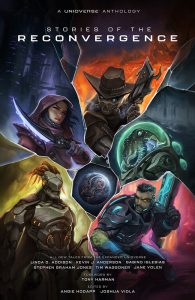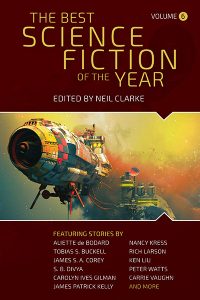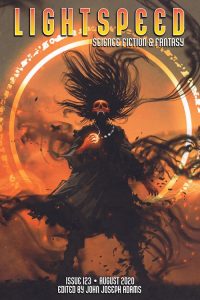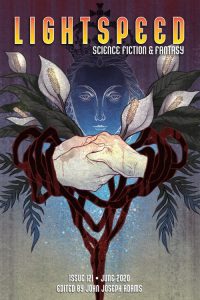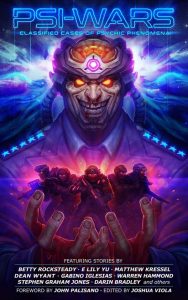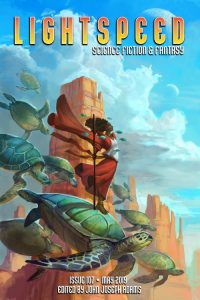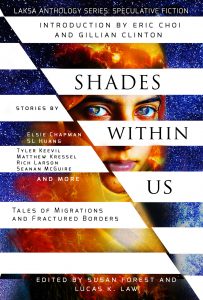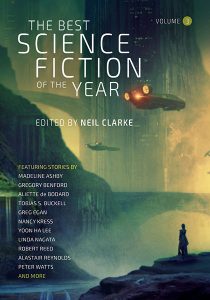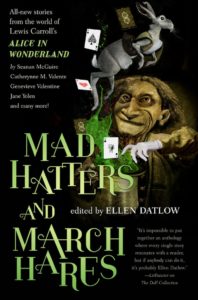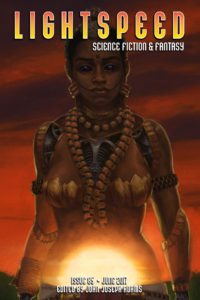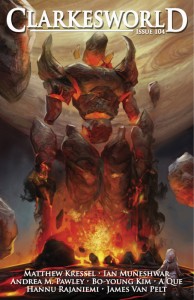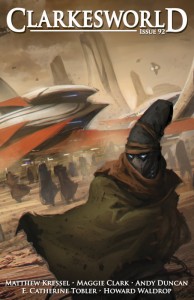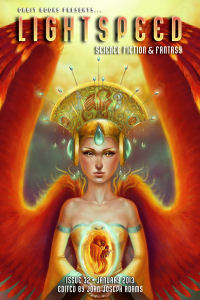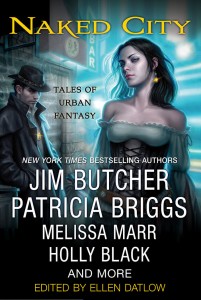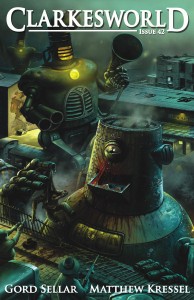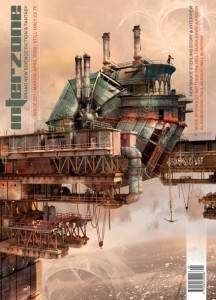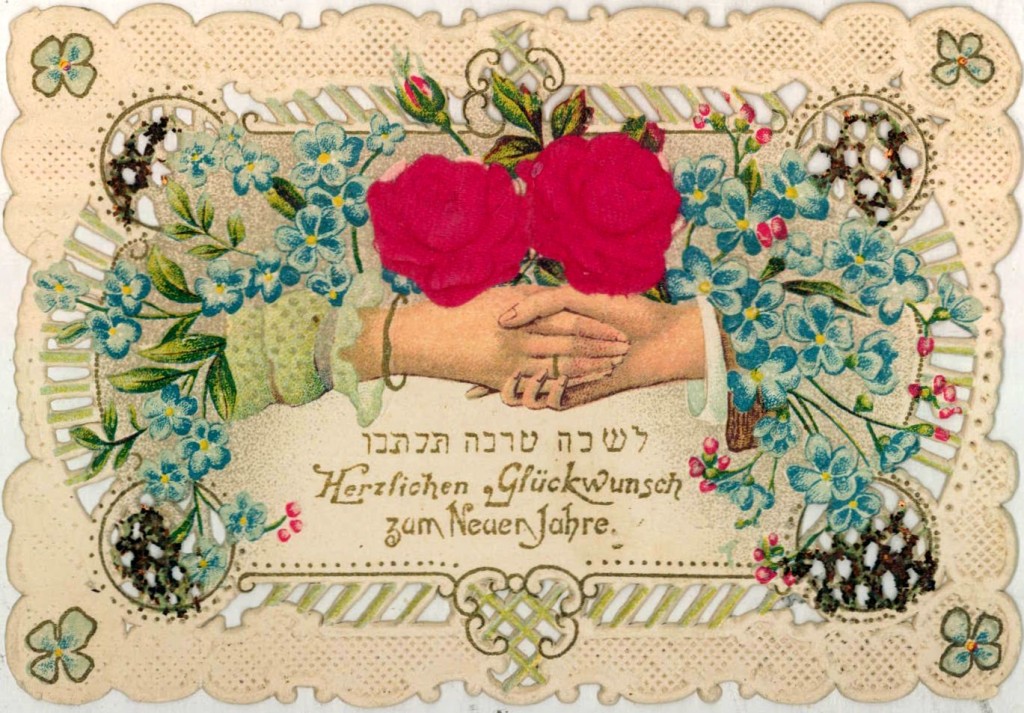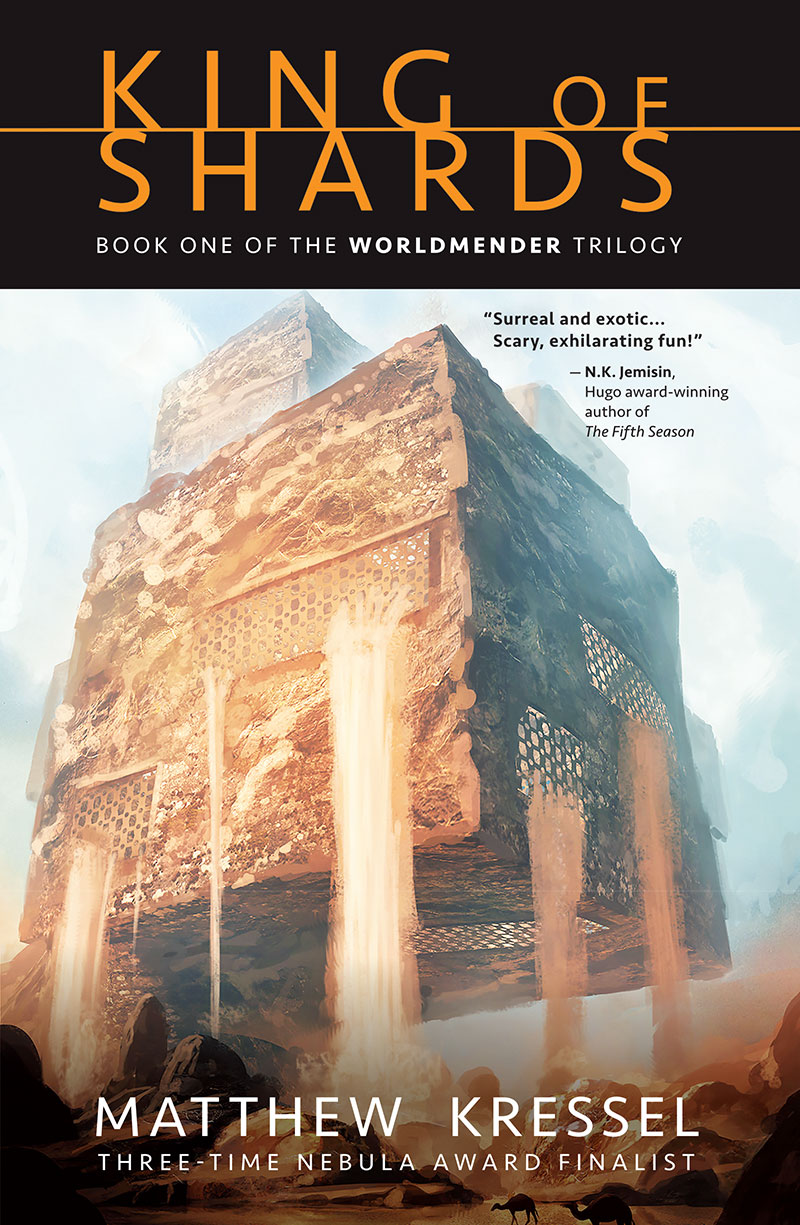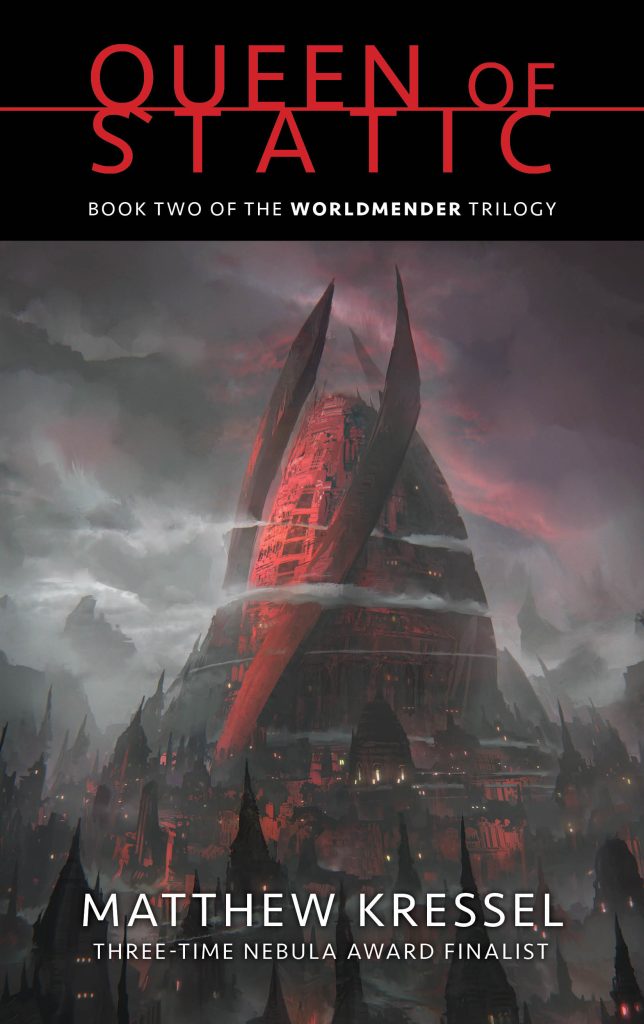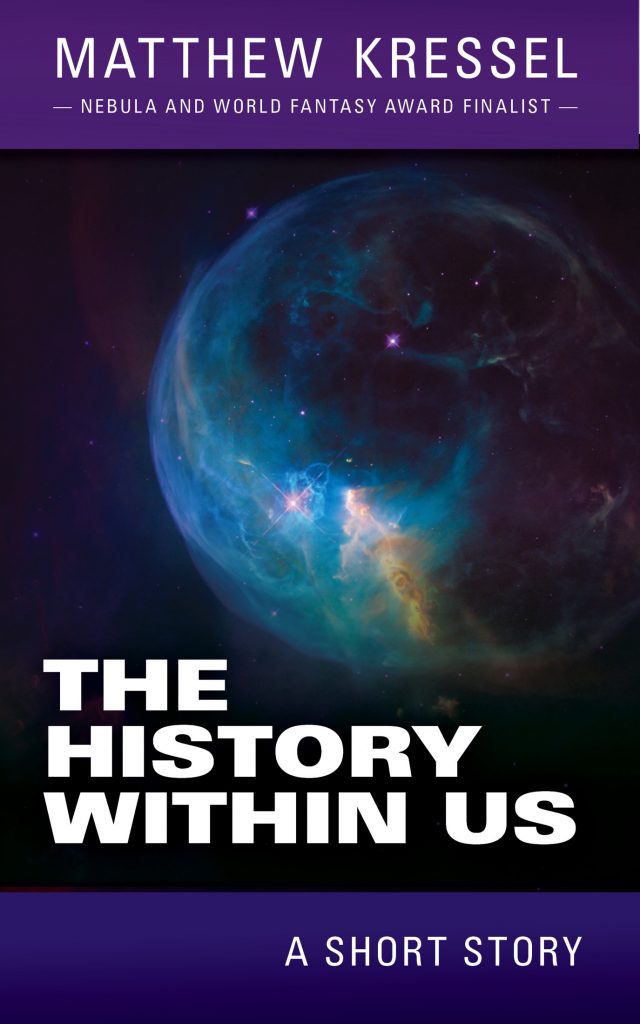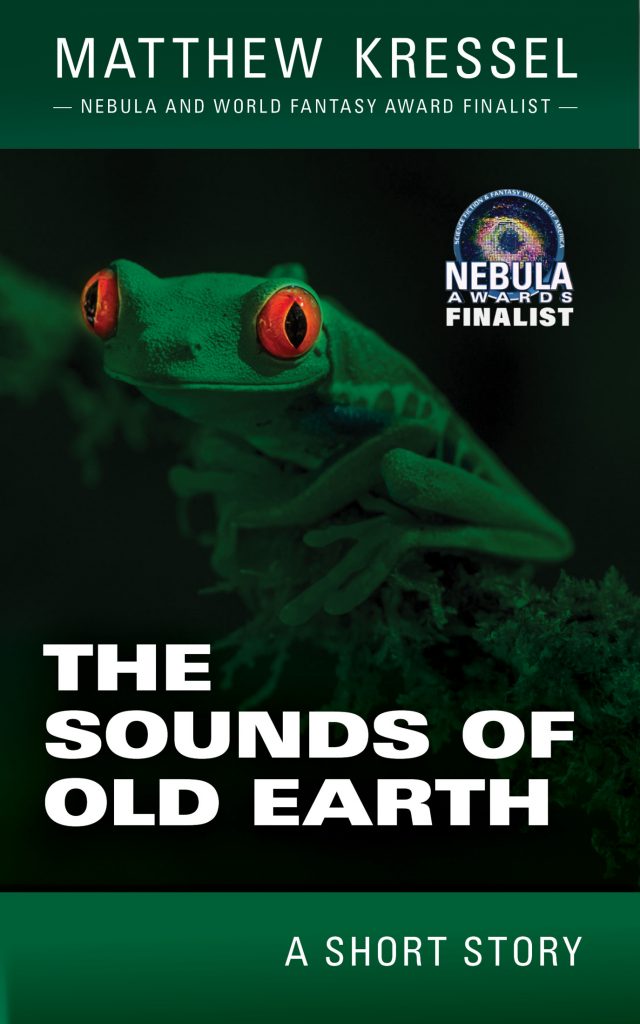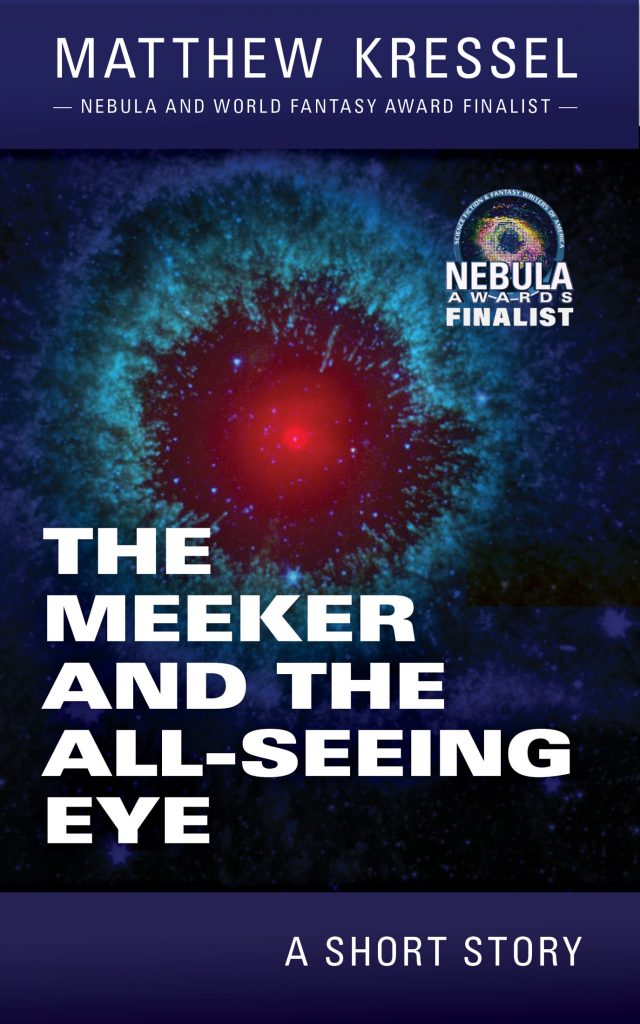To celebrate the October 13th release of my forthcoming debut novel, King of Shards, I will be featuring one new blog entry a day about a different Judaic myth for 36 days. L’shana tova! (May you have a fortunate year!) Today’s entry is on the Books of Life and Death.
Day 7: The Books of Life and Death
On New Year it is inscribed and on the Day of Atonement, it is sealed, how many will pass on and how many will be born, who will live and who will die, who in his time and who not in his time, who by water and who by fire, who by sword and who by wild animal, who by hunger and who by thirst, who by storm and who by plague, who by strangulation and who by stoning, who will rest and who will wander, who will be quiet and who will be crazy, who will be tranquil and will be troubled, who will be poor and who will be rich, who will be degraded and who will rise. But repentance, prayer, and righteousness avert the severe decree.
The names are inscribed in the Book of Life. Some say God inscribes this book with his own hand. Others say it’s the hand of an angel which inscribes the Book of Life. But during the Days of Awe, the days between the New Year and the Day of Atonement, God scrutinizes our every act. If we fail to live up to his expectations — woe to us! — we are inscribed in the Book of Death. Some even say there is a third book reserved for those who have not merited the Book of Life, but have not been wicked enough for the Book of Death. God writes these names in this third book in the hopes that they will repent of their sins, and he can inscribe them in the Book of Life. But so great is God’s mercy on the Day of Atonement that even if these souls have not repented of their sins, God forgives them on this day and inscribes them in the Book of Life.
God sits on his Throne of Judgment with both books open before him. Two angels, both of them named Shofariel, tend the books for God, and they are the only angels permitted to glimpse what is written upon them. No other angel or host of heaven can even come close to these books. But it is said that Isaac Luria, the Ari, was able to peer into these two books and thus knew the fate of all of his disciples on New Year’s Day.
But it is not just during the Days of Awe that God writes in the Books of Life and Death. They lay open before him all year as he sits upon his Throne of Judgment. Therefore every being in Creation trembles before the judging hand of God. Yet God is also a merciful God, and though we sin, he forgives us. For if humanity were to truly account for all our sins, we would not survive. Therefore God overlooks the sins of the wicked, removing them from the Book of Death and placing them in the Book of Life for the sake of the continued existence of the world.
The Myth’s Origins
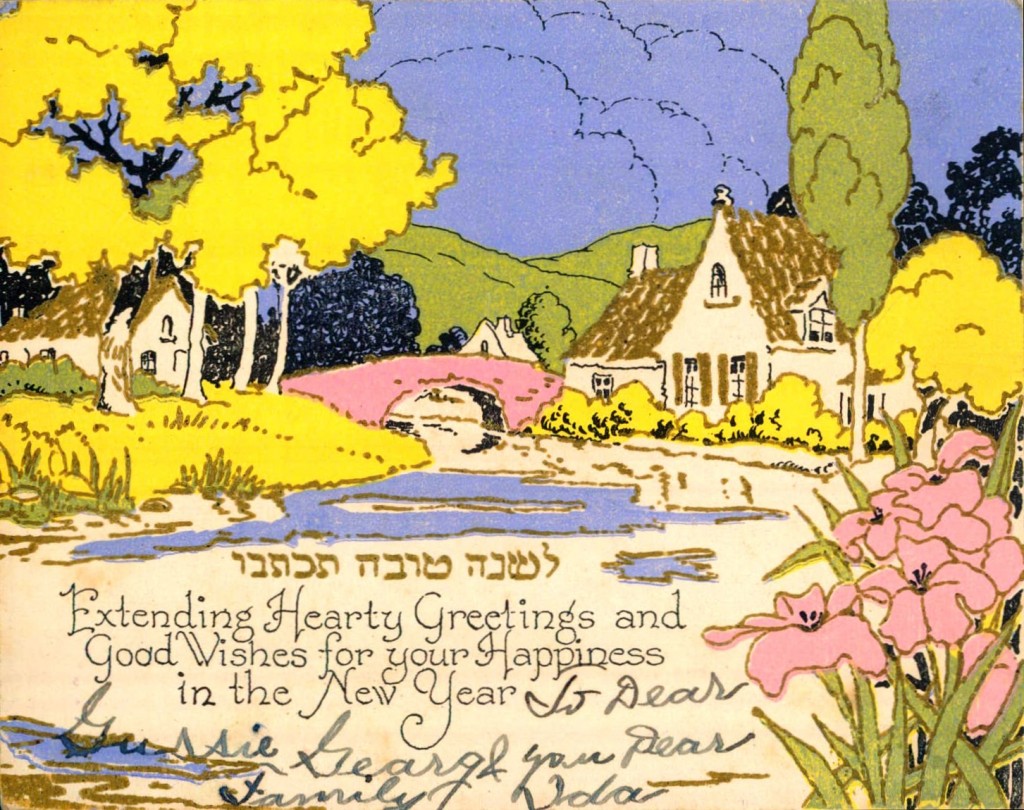
Greeting card wishing a “L’Shana Tova”
The myth of a deity inscribing our fate into “books” likely comes from Babylonian sources. Every new year, according to an ancient Babylonian myth, the chief god Marduk was said to cast lots in heaven to determine the fate of every soul. This myth continues in Judaism, but it is God himself who determines our fate, not through lots, but through his divine judgment. God is seen as the master of all, knowing the past and determining the future, and this knowledge is made succinct in the Unetanneh Tokef prayer, partially quoted in the first paragraph above.
In the Babylonian Talmud, Rosh Hashanah 16a, it says, “Man is judged on Rosh Hashanah and his fate is sealed on Yom Kippur.” Jews of all denominations know the ten days from Rosh Hashanah, the New Year, to Yom Kippur, the Day of Atonement, as the Days of Awe. During this solemn time Jews are told to reflect on their actions for the past year, especially their sins, repenting of them before God, vowing to be better humans, so that we might be inscribed in the “Book of Life.”
There are many references to “God’s book” throughout the bible. In Exodus 32:33, God says, “And God said unto Moses, whosoever hath sinned against me, him will I blot out of my book.” Isaiah 4:3 reads, “And it shall come to pass, that he that is left in Zion, and he that remain in Jerusalem, shall be called holy, even every one that is written unto life in Jerusalem.” And Psalm 69:29 reads, “Let them be blotted out of the Book of Life, and not be written with the righteous.”
To this day, during the High Holidays of Rosh Hashanah and Yom Kippur, Jews wish each other, “L’shanah tovah tikatevu.” May you be inscribed in the Book of Life for a good year.
Some Thoughts on the Myth
In most synagogues today you will seldom hear of the Book of Death or the other intermediary book. The focus is on the Book of Life. And if asked, most Jews will tell you that they don’t believe that God inscribes an actual book. It’s a metaphor, representing our fate in the year to come. Will we have good fortune, or bad? Health or sickness? War or peace? Only God knows. But it we are righteous and obey God’s laws, we can avoid the worst outcome.
I remember in Hebrew school, when I was a boy, a fellow student asked if the Book of Life was real. And our teacher readily answered, “No, of course not.” She said, “It’s a metaphor for how our fate is in the hand of God.” I remember liking this explanation. It meant I didn’t have to take bible stories literally. Many of them were hard to believe anyway. Adults living to 100 and 90 respectively and then having children? Rain for forty days and nights? All the animals in the world, fitting on one boat? “No,” she said, “these are all parables — stories with moral lessons.” This came to me as a great relief, because I was having doubts about the facts of the bible. Now, I found, I could take meaning from the stories without having to believe that these events actually happened. It was my first introduction to literary analysis, that what words of a story say on the surface is not always what the author intends to convey, that there are layers of meaning. I viewed the Torah then not as a history book, but an educational one, and its author or authors not as historians but as teachers. This, I thought, is a book of ethics, and its author wants me to lead an ethical life.
Many years have passed since that class, and my beliefs in the historicity of the bible shifted into agnosticism and recently into atheism, which is about where I hover today. Still, the message of the Book of Life is a powerful one. Live righteously and lovingly and you will avoid the worst outcomes of life. Though you may sin, your faults are mostly overlooked and forgiven by the world. Pause and reflect and vow to be better to those you know and love and also to the stranger, and your days will be brighter. I don’t have to believe in a deity who has my fate firmly in his hand to see the benefit of being kinder, more forgiving, and more loving. That to me is my own Book of Life. Still, I can’t help but find this prayer beautiful whenever I hear it in synagogue:
Tomorrow’s Myth: The Lair of Azazel
